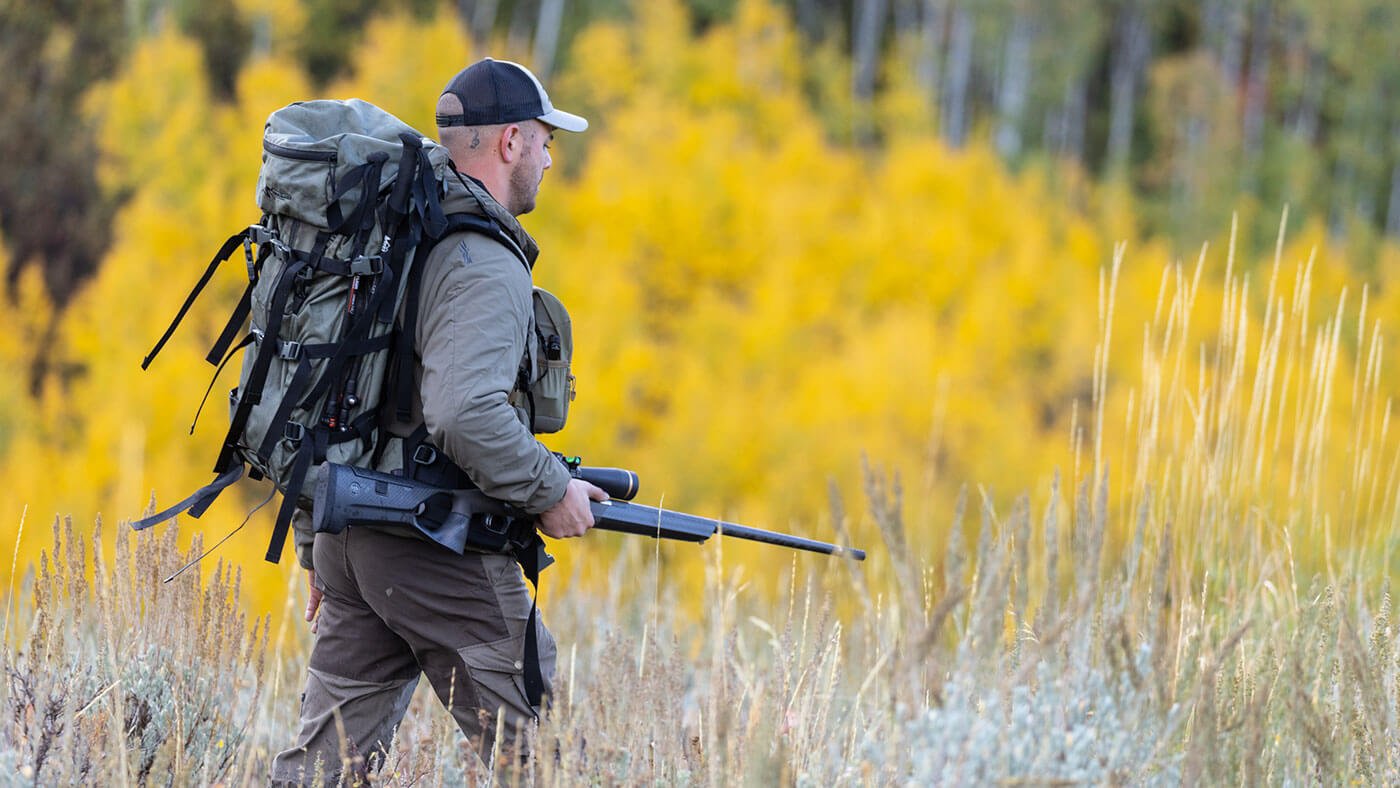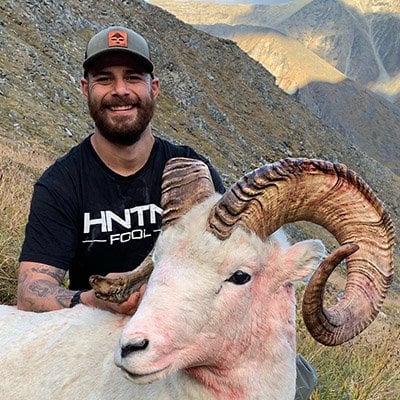- Savage Blog
- Packing Tips for Lightweight Hunting | Every Ounce Counts
Packing Tips for Lightweight Hunting | Every Ounce Counts

The evolution of hunting and the products that help hunters in their success has drastically improved over the last 10 years. Historically hunting products, tools, and equipment were either created or innovated to provide accuracy and improve on the performance of a product. Optics now have clearer glass, guns and bows can shoot faster/further, and gear has become weather/waterproof just to name a few advances. In the most recent years the trend has been focused more directly on the form and function of the hunter’s use, not as much on the advancement in the product itself. This has been shown drastically with shaving weight and making products lighter so hunters can climb higher and hike further. Lightweight hunting gear has become a staple in hunting products and provided hunters with a greater ability to go the distance while having the same high-performance gear at a lower burden weight on or in their packs.
Lightweight and ultralight hunting has been a part of my efforts as an outdoorsman for about 5 years now. I calculate weight, shave pounds, and plan according based on the hunt I am going on. I have been doing more and more mountain hunts that are backpack based. Meaning everything I could need, fits on or in my pack. These hunts can range from 5-14 days based on species and location, but I have a few rules I follow that I believe will help other hunter lighten the load and put the weight where is matters.
When looking at lightweight hunting the first thing I investigate is where do I need the weight. As opposed to looking where I can cut some pounds, where should I keep what matters. I believe this relates specifically to three categories. Feet, Eyes, and Belly.
First the feet. I never compromise the comfort of my feet to save weight or room in my pack. I know from personal experience that if your feet are not comfortable, you won’t want to keep hiking, crest that next ridge, or hike up the next draw. I absolutely do NOT cut weight when it comes to boots/socks/feet comfort. I do pay specific attention to insulated boots vs. non-insulated for the hunts I go on. That alone can cut weight specifically in a place where you feel it every step of the way. I do not skimp on brining enough socks either, dry feet are happy feet.
Optics is the second category that I do not skimp on when it comes to the weight that associates with the product. I do make it a point to own and use lighter weight glass but ensuring I have the proper glass for the hunt is important. One of my biggest packing negotiations I have is the decision to either pack a compact spotting scope and bring 10x42 binoculars or back no spotting scope and bring by 15x56 binoculars. The hunts that have age or size restrictions on the species being hunted will more than likely require me to being big glass. No hunter should be willing to compromise the asset of good optics for weight within reason when working on cutting weight in their pack.
Final category I believe is important to not overlook or try to reduce weight is food. Nutrients and calories are very important when working hard in the backcountry. I typically double my daily caloric intake while backcountry hunting with how many miles I put on meaning food is a big necessity. There are a few tricks related to this that may help drop weight without sacrificing caloric intake and comfort.

Knowing what not to cut weight on is important but finding ways to cut weight in places outside of those areas is a skill. Organization and lists are a great way to keep your weight in check while packing for your hunt. Knowing how many days, how much gear, and sticking to your list will ensure your unwanted ounces don’t start to add up. I use an excel spread sheet and start with quantities of items and then review them when I lay out all of my gear before a test run of packing. If the quantities can shrink, the less weight I will have to carry around on the hunt.
I may have fibbed a little when I said to not cut weight in food. What I meant truly is to not reduce your caloric intake to try and save weight. There are ways to increase your intake while also cutting down on weight. Dehydrating your meals and adding water to rehydrate your meal from a mountain stream if a great way to shed weight. Also packing low weight, high calorie foods like granola, peanut butter, and powdered supplement drinks is a great trade off for upping calories and lowering weight.
Only taking what you may need for water (plus a little back up) while hunting in places that have sufficient freshwater streams is one of the best ways to keep your pack weight light and refill/replenish along your hikes/hunt. When hunting in places with little natural clean water sources available, I have previously hiked in water and stored it prior to my hunt. Doing this on scouting trips is a great way to lighten load on your hunt and strategically locating resources you may need. You can also do this with meals (dehydrated) and other items you may need. Be sure to go back and remove them after the hunt to keep our wildernesses clean.
My final bit of advice for finding ways to cut weight is to solely product based. Finding the right gear for how you hunt is not just determining what is needed for success, but what is functional and practical while considering weight. Carbon fiber has been one of the biggest pushes in the hunting industry as a durable replacement for metal in tripods, rifle accessories, barrels, etc. and can reduce weight while keeping or improving the functions of your equipment. When seeking out new or replacement gear, keep carbon fiber in mind and potentially as a requirement to ensure you are making every effort to cut weight in and on your pack.


